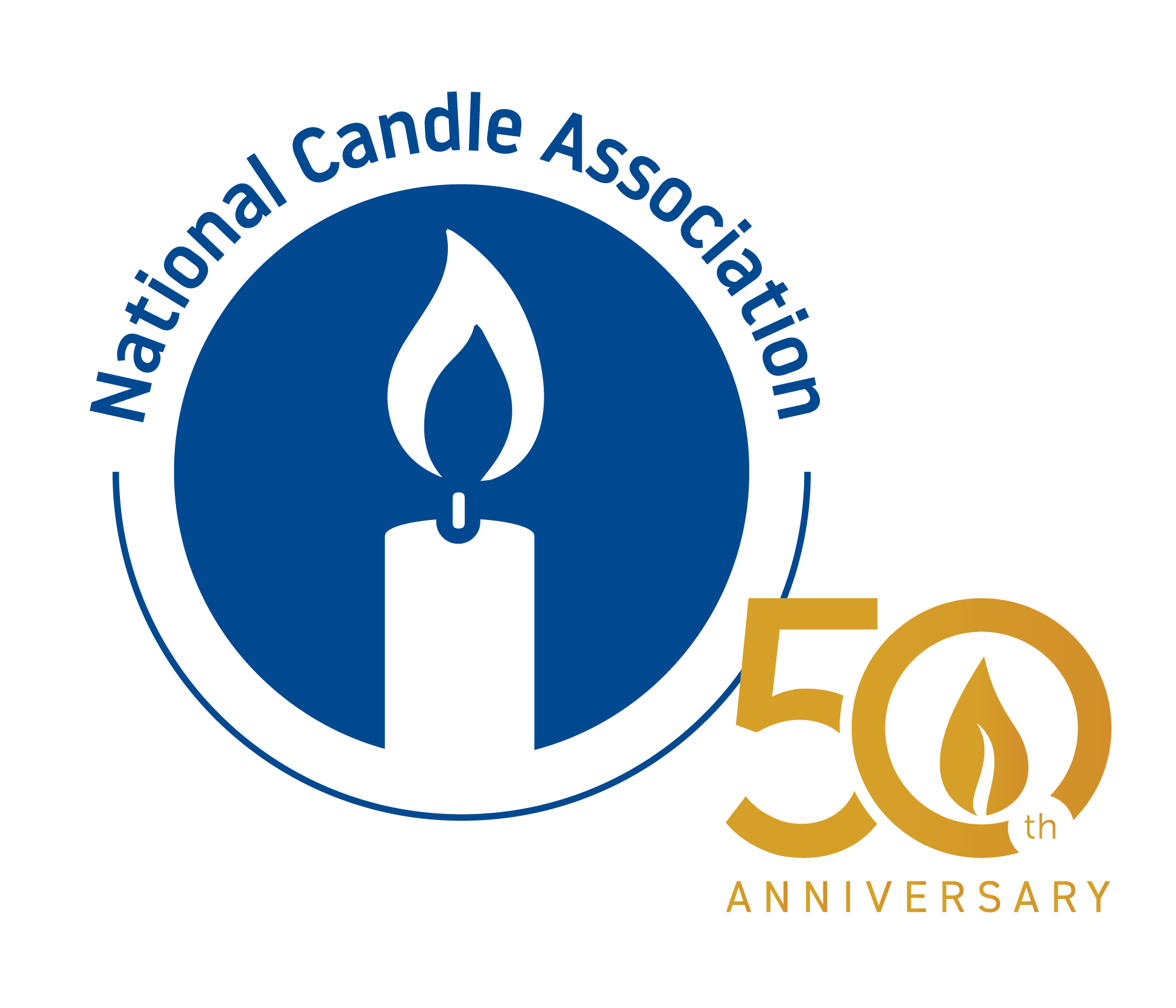Illuminating the Truth: Why Candles are Safe to Use
Candles have been casting a warm and flickering glow for centuries, creating an ambiance that soothes the soul, forges an inviting atmosphere, and has become a staple in a variety of traditions. However, concerns about candles’ impact on indoor air quality continues to pepper the media. Let’s delve into the facts and dispel myths surrounding candles, highlighting why they are safe to use.
Here are three things you need to know:
- Indoor air quality is not affected by candles.
Candles are a beloved part of home décor and create a cozy atmosphere, so it’s important to understand why they don’t affect your air quality. Candles are non-toxic and noncarcinogenic. Scented or unscented, there is no evidence that daily exposure will affect a person negatively. According to the independent peer-reviewed study, Human health risk evaluation of selected VOC, SVOC and particulate emissions from scented candles, “candle emission testing was undertaken in environmentally controlled small and large emission chambers… conclud[ing] that under normal conditions of use, scented candles do not pose known health risks to the consumer.”
Likewise, this same study also noted that indoor air quality changes can arise from a variety of sources including cooking, smoking inside, and even household plants. If you still have concerns, move your candle to a well-ventilated (but not drafty) area of your home and make sure keep the wick of each candle trimmed to ¼ inch.
- There is no difference between burning scented or unscented candles.
Despite what you read in the media, there is no difference between burning a scented candle vs. an unscented candle. NCA members are committed to manufacturing candles with ingredients scientifically proven to be safe. Proven in another research study, it was found that, “typical fragranced candles emissions are below the most conservative safe limits set by regulatory authorities and safety organizations.” Confirming there should be no concern when lighting up your favorite scent. The fragrances approved for candle use – whether synthesized or “natural”- do not release toxic chemicals.
Now you might ask, “well I heard one produces more soot than the other, what about that?” The answer stays the same. The oils found in certain fragrances may slightly increase the small amount of soot produced by a candle, but soot production really comes down to how you care for your candle. To reduce soot in any candle, ensure the flame is disturbed as little as possible (keep away from drafts and don’t move the candle while it is burning) and keep a proper wick length of ¼ of an inch.
- All candle waxes (paraffin, soy, palm, etc.) bought in the United States are clean and safe to use.
There has been a lot of speculation on social media about candle waxes, with many promoting soy as a better wax. The good news is, all types of quality candle waxes have been shown to burn cleanly, safely and in the same manner. Paraffin, soy, coconut, palm, and beeswax along with gels or synthetic waxes, are all equal in how they burn and perform. Distinct types of waxes are chosen not due to their “cleanliness” or “naturalness” but due to their suitability for formulation.
For example, paraffin wax is great for holding scent and providing a strong scent throw. Coconut, soy, and palm wax are known for a faster burn since their melting point is lower. Beeswax provides a subtle hint of honey to your fragrance and gel waxes are great to get creative with since they’re often transparent. Also, many candle manufacturers use a blend of waxes for superior performance and burning.
Overall, candles have been a part of our lives through a variety of events and it’s important to remember that they are not only safe, but beneficial. Candles offer aromatherapy options, are a part of global traditions, add decor and enjoyment within the home, and as a light source when the power goes out. Now that you know the scientific truth about candles, you can feel confident for your health and safety lighting a candle, enjoying a fabulous scent and relaxing in the beautiful glow.
For more information on candles, check out our FAQ page along with ours tips and tricks.

